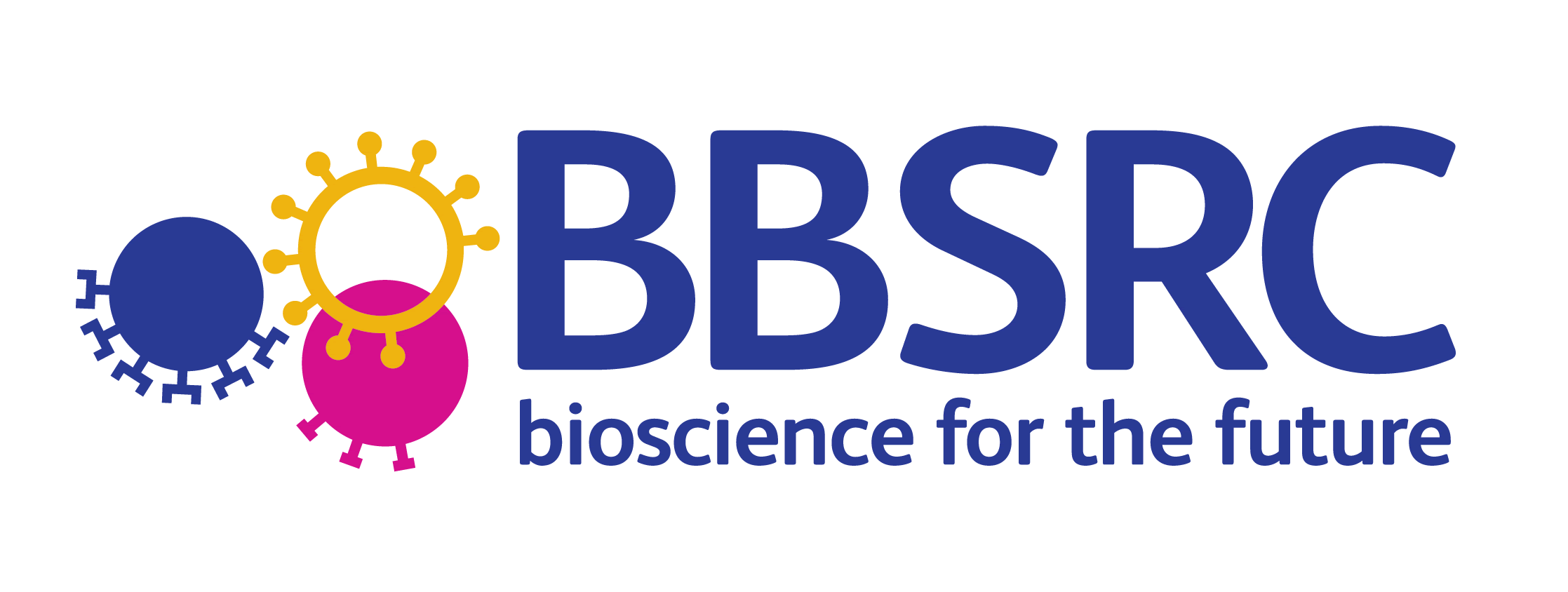New article describing annotated corpus and detection methods for phenotypic information about COPD
2019-05-10
We are pleased to announce the publication of a new article in JAMIA Open describing the construction of a new annotated corpus for phenotypic information about COPD, and novel methods for detecting this information automatically.
Meizhi Ju, Andrea D. Short, Paul Thompson, Nawar Diar Bakerly, Georgios Gkoutos, Loukia Tsaprouni and Sophia Ananiadou (2019) Annotating and detecting phenotypic information for chronic obstructive pulmonary disease, JAMIA Open, ooz009, https://doi.org/10.1093/jamiaopen/ooz009
Abstract
Objectives
Chronic obstructive pulmonary disease (COPD) phenotypes cover a range of lung abnormalities. To allow text mining methods to identify pertinent and potentially complex information about these phenotypes from textual data, we have developed a novel annotated corpus, which we use to train a neural network-based named entity recognizer to detect fine-grained COPD phenotypic information.
Materials and methods
Since COPD phenotype descriptions often mention other concepts within them (proteins, treatments, etc.), our corpus annotations include both outermost phenotype descriptions and concepts nested within them. Our neural layered bidirectional long short-term memory conditional random field (BiLSTM-CRF) network firstly recognizes nested mentions, which are fed into subsequent BiLSTM-CRF layers, to help to recognize enclosing phenotype mentions.
Results
Our corpus of 30 full papers (available at: http://www.nactem.ac.uk/COPD) is annotated by experts with 27 030 phenotype-related concept mentions, most of which are automatically linked to UMLS Metathesaurus concepts. When trained using the corpus, our BiLSTM-CRF network outperforms other popular approaches in recognizing detailed phenotypic information.
Discussion
Information extracted by our method can facilitate efficient location and exploration of detailed information about phenotypes, for example, those specifically concerning reactions to treatments.
Conclusion
The importance of our corpus for developing methods to extract fine-grained information about COPD phenotypes is demonstrated through its successful use to train a layered BiLSTM-CRF network to extract phenotypic information at various levels of granularity. The minimal human intervention needed for training should permit ready adaption to extracting phenotypic information about other diseases.
| Previous item | Next item |
| Back to news summary page |
Featured News
- 24-month postdoctoral research position in Athens, Greece
- PhD opportunity in collaboration with Athens Univ. of Economics and Business
- iCASE EPSRC funded PhD- multimodal NLP - UoM & BAE - Application deadline 30th April 2024
- Invited talk at the 8th Annual Women in Data Science Event at the American University of Beirut
- Invited talk at the 2nd Symposium on NLP for Social Good (NSG), University of Liverpool
- CFP: BIONLP 2024 and Shared Tasks @ ACL 2024
- Advances in Data Science and Artificial Intelligence Conference 2024
Other News & Events
- Invited talk at Annual Meeting of the Danish Society of Occupational and Environmental Medicine
- New review article on emotion detection for misinformation
- BioNLP 2024 accepted as workshop at ACL 2024
- Junichi Tsujii awarded Order of the Sacred Treasure, Gold Rays with Neck Ribbon
- Chinese Government AwardAward for PhD student Tianlin Zhang








